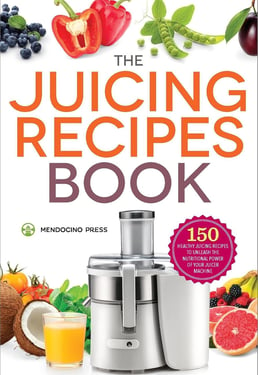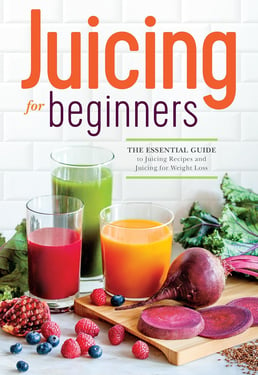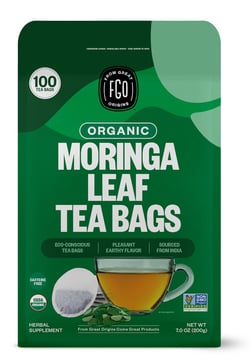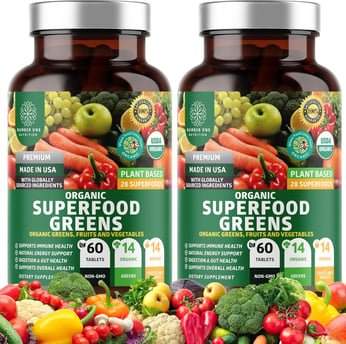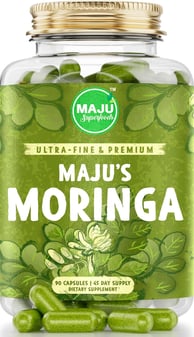Superfoods are a MUST
3/29/20253 min read

Moringa, often referred to as “The Miracle Tree,” truly earns this powerful nickname. With its deep roots in traditional medicine and modern-day superfood status, moringa is a nutritional powerhouse packed with numerous health benefits. So, what exactly makes this plant so special, and how can you incorporate it into your daily routine?
A Tree with Ancient Roots
Moringa (Moringa oleifera) is native to parts of India, Pakistan, Bangladesh, and Afghanistan but is now cultivated in tropical and subtropical regions around the globe, including Africa, Southeast Asia, and Latin America. For centuries, moringa has been used in Ayurvedic medicine to treat over 300 conditions and is highly valued for its healing properties, particularly in areas where access to conventional medicine is limited.
Every part of the plant—leaves, seeds, pods, roots, and even bark—can be utilized for food, oil, or medicine. This versatility contributes to its reputation as a true “miracle.”
The Power Within: Why It’s So Nutritious
Moringa leaves are the most commonly consumed part and are rich in:
Vitamin A (supports vision and immunity)
Vitamin C (boosts the immune system)
Calcium and iron (essential for bone health and energy)
Potassium (promotes heart health and hydration)
Protein and amino acids (support muscle repair and cell growth)
Antioxidants like quercetin and chlorogenic acid (combat inflammation and oxidative stress)
These nutrients make moringa beneficial for energy, digestion, skin health, blood sugar control, and even mood support.
Best Ways to Prepare Moringa
Moringa is extremely versatile. You can enjoy it fresh, dried, or powdered, depending on your preference and availability. Here are some excellent ways to incorporate it into your diet:
1. Moringa Tea
Steeping dried moringa leaves in hot water produces a soothing, slightly earthy tea. Add a slice of lemon or a drizzle of honey to enhance the flavor and boost vitamin C absorption.
2. Smoothies & Juices
A teaspoon of moringa powder blends seamlessly into green smoothies or fruit juices. Pair it with ingredients like pineapple, mango, ginger, or banana to balance the taste.
3. Soups & Stews
In parts of Asia and Africa, fresh moringa leaves or young pods (known as drumsticks) are added to soups, curries, or stews for an extra nutrient boost.
4. Sprinkled on Food
Use moringa powder as a seasoning—sprinkle it over rice, eggs, roasted vegetables, or even avocado toast.
What to Pair Moringa with for Maximum Benefit
Certain foods and practices can enhance moringa’s effects:
Citrus fruits (like lemon or orange) help absorb plant-based iron.
Healthy fats (avocado, nuts, olive oil) aid in the absorption of fat-soluble vitamins like A and E.
Turmeric combines with moringa’s antioxidants to enhance anti-inflammatory effects.
Black pepper boosts nutrient absorption, especially when moringa is paired with turmeric.
Final Thoughts: A Tree That Gives Back
Moringa isn’t just a superfood; it’s also a sustainable crop that thrives in arid climates, making it an essential resource in areas where food security is a concern. Its rapid growth and multiple uses (including water purification from its seeds) make it a powerful ally for personal health and community development.
So, the next time you see moringa at a health store or market, consider giving it a try. Whether you sip it, stir it, or sprinkle it—this “miracle tree” could become your new go-to for wellness.
Why Moringa Is Called the Miracle Tree
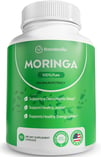

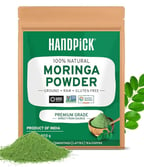

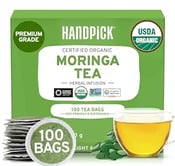

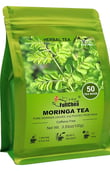



⚠️ Disclaimer:
The information provided in this article is for educational purposes only and is not intended as medical advice. Always consult with your doctor or a qualified healthcare provider before starting any new supplement, especially if you are pregnant, nursing, have a medical condition, or are taking prescription medications.
💬 Affiliate Disclosure:
Some of the links in this post may be affiliate links. This means if you choose to make a purchase, I may earn a small commission at no additional cost to you. These commissions help support the content, resources, and maintenance of this website—so thank you for your support!





